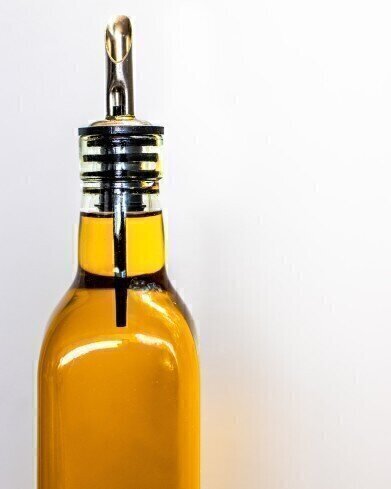Fuel for Thought
The Beginners Guide to Making Biofuel
Aug 03 2015
The world’s natural fuel resources are rapidly running out which has led to the search for alternative sources of energy. Over the past few years biofuel has emerged as a cost effective and eco-friendly way of slashing greenhouse gas emissions. And now, you can whip up your very own batch in the comfort of your own home! How? Read on for our beginner’s step-by-step guide to making biofuel.
- The best way to start experimenting with biofuel is with unused vegetable oil. This can be purchased at your local supermarket.
- When you’ve stocked up on vegetable oil it’s time to start thinking about safety. Always wear a pair of plastic goggles and have a bucket of cold water on hand in case your skin accidently comes into contact with chemicals. You should also lay down paper or plastic to avoid making a mess.
- Before starting work make sure you’re carrying out your experiment in a well ventilated room that’s heated to at least 21 degrees.
- Once you’ve prepared your workspace it’s time to get down to biofuel business. Begin by measuring out 200 ml of methanol into a blender. You can purchase methanol in gas tank antifreeze form at most hardware or auto part stores.
- Next use a scale to measure our 3.5 g of lye. Red Devil Lye Drain Cleaner (sodium hydroxide) is an easy option that’s readily available. Remember, chlorine-based (calcium hypochlorite) won’t work so make sure you use a lye based solution.
- Flick the blender onto its slowest setting, then carefully begin to add the lye to the methanol mix to create sodium methoxide. The mixture is highly poisonous so be sure to take all the necessary precautions.
- Once you’ve mixed the solution for around two minutes the lye should start to dissolve. Once this happens add 1 litre of vegetable oil to the mix.
- Once the vegetable oil is added blend for around 20 to 30 minutes on the slowest setting.
- After the elapsed time is up pour your biofuel mixture into a wide mouth jar. Don’t forget to label it as ‘poison’ as the mixture is highly toxic – you wouldn’t want to mistake it for an edible!
- After around half an hour to an hour you should start to see layers emerging in the mixture. The bottom layer will be darker and is made up of glycerol. The top layer is lighter in colour and is biodiesel.
- Once the two layers have clearly separated pour off the biodiesel and discard the glycerol. If you want to be thrifty you can also save the glycerine and use it to make soap.
Want to know more about how glycerol affects the biofuel production process? ‘Determination of Free Glycerol in Biodiesel by using PDA UV-Vis Spectrophotometer -Colorimetric method’ looks at how the co-product impacts the quality of biodiesel.
Digital Edition
PIN 25.1 Feb/March
March 2024
In This Edition Safety - The technology behind the ION Science Tiger XT - Safety with ammonia and LOHCs as hydrogen carriers Analytical Instrumentation - Discussion on new tribology te...
View all digital editions
Events
Apr 22 2024 Hannover, Germany
Apr 22 2024 Marrakech, Morroco
Apr 22 2024 Muscat, Oman
Apr 22 2024 Rotterdam, Netherlands
Apr 23 2024 Singapore


















